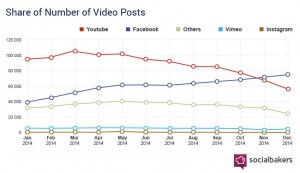When you’re developing your web site and landing page strategy, there are three well-traveled mobile-friendly routes. Columnist Abraham Nord explains each of the approaches and details the potential consequences of following them.

Most marketers now accept the importance of having a mobile strategy for ad landing pages, but which way should you go? Currently, there are three widely accepted methods to make web pages work on mobile devices: responsive design, dynamic serving and maintaining separate mobile URLs.
In short, responsive design utilizes a fluid layout which changes and adapts to whatever the visitor’s screen size happens to be; in other words, mobile and desktop visitors are served the exact same URL/content, it just changes by responding to the size of the screen, device and browser.
The other two options, dynamic serving and separate mobile URLs, involve serving different HTML code or entirely different pages to mobile visitors.
Each has its benefits and drawbacks for marketers. For all the details, check out my full column on Search Engine Land.
Some opinions expressed in this article may be those of a guest author and not necessarily Marketing Land. Staff authors are listed here.
(Some images used under license from Shutterstock.com.)
Marketing Land – Internet Marketing News, Strategies & Tips
(104)








